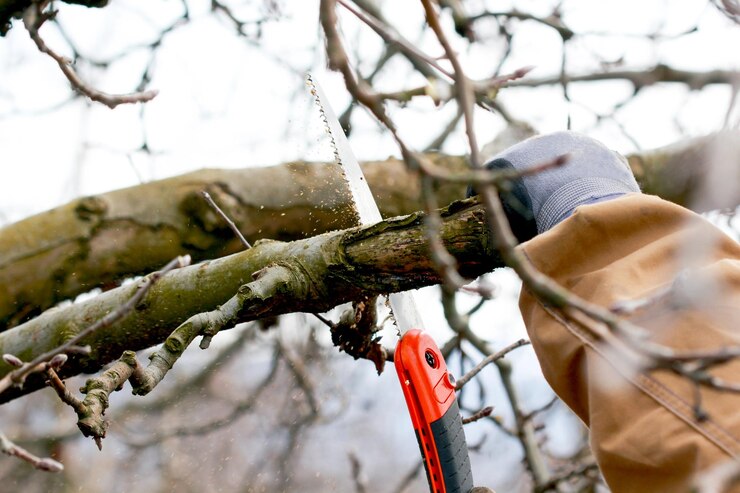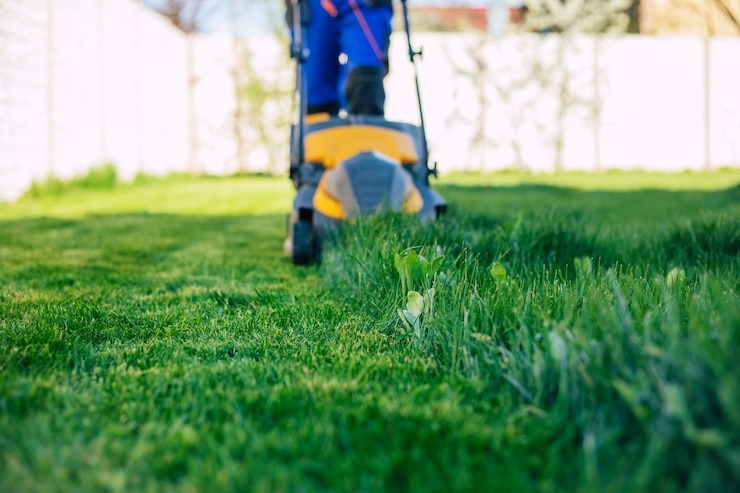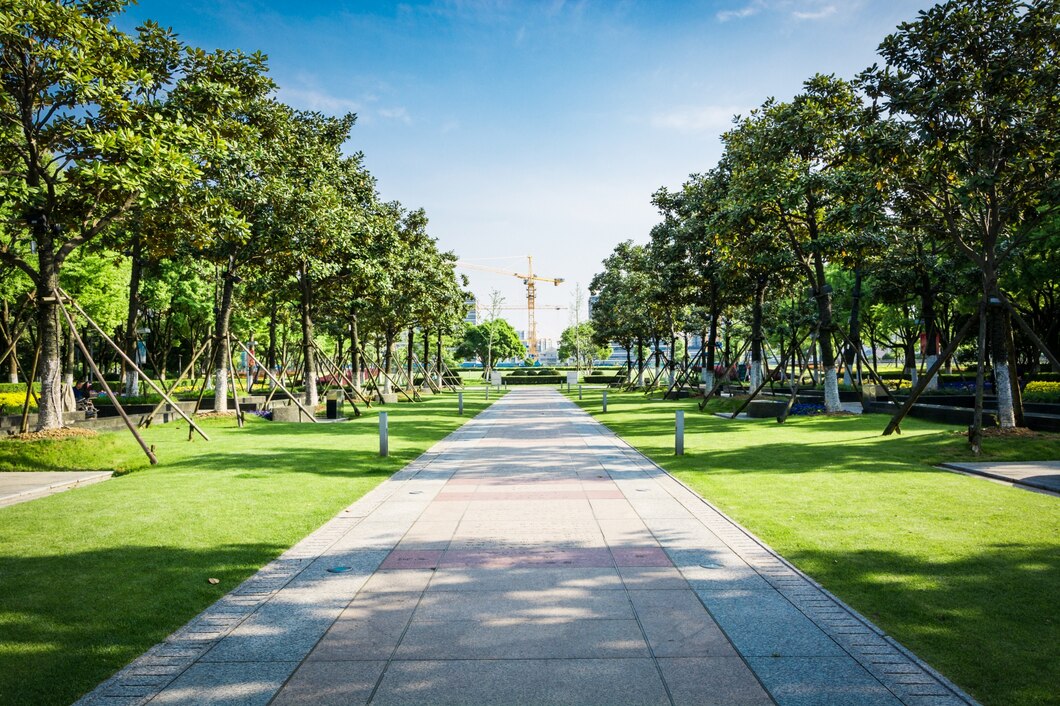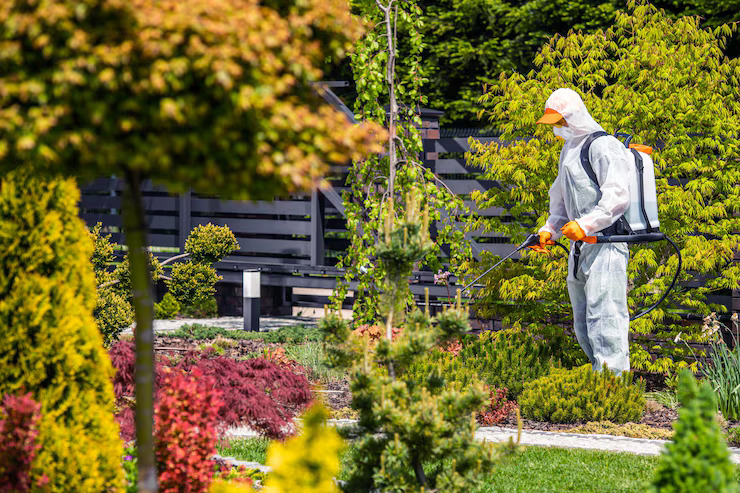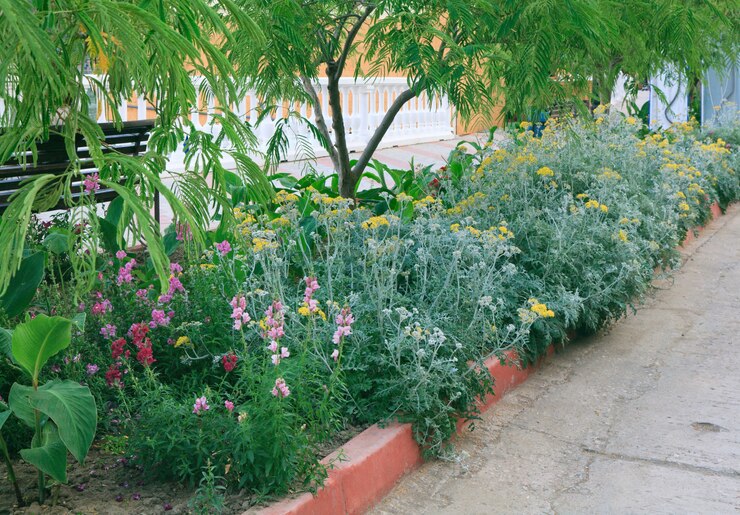
Gardening isn’t just a hobby; it’s a craft that requires patience, knowledge, and skill. Professional gardener spend years honing their expertise, learning the ins and outs of plant care, soil health, and pest management. If you’re struggling with your lawn or garden, fear not!
Here are five invaluable tips from seasoned professionals to help you nurture your green space to its fullest potential.
Why is my grass turning yellow? Tips From a Professional Gardener
i)Grass turning yellow can be a distressing sight for any homeowner, but fear not; there are several common causes and solutions for this issue. If you are seeing your lawn getting plenty of water and still looking yellow, there could be something else posing it.
-
Insufficient watering
One of the primary reasons for grass turning yellow is insufficient watering. Grass needs consistent moisture to thrive, especially during the hot summer months. Ensure your lawn receives at least 1–1.5 inches of water per week, either from rainfall or irrigation.
-
Nutrient Deficiency
Yellowing grass can also indicate a nutrient deficiency, particularly nitrogen. Consider fertilising your lawn with a balanced fertiliser to provide the necessary nutrients for healthy growth.
-
Compacted Soil
Compacted soil restricts root growth and prevents proper water and nutrient absorption. Aerating your lawn can alleviate soil compaction and promote healthier grass growth.
Soil gets compacted when air pockets between the components of soil fall down. This typically occurs when there’s a lot of traffic in an area. Such as when people are continually walking around it (like at parks and outdoor concert venues). When cars and heavy machinery are running through the area frequently.
Why Is My Yard Full of Weeds? Make it Clean With Professional Gardener
ii) Focus; it’s a common, naked truth that weeds are detrimental to the wellbeing and health of your lawn. But they can also be harmful to your children and pets. Fundamentally stronger than cultivated plants, they typically absorb more water, air, and nutrients.
Nothing sets off an attractive home quite like a healthy lawn. Unfortunately, many homeowners have to fight daily against yards full of weeds.
Weeds can quickly overrun a yard if left unchecked, but understanding their causes and implementing proactive measures can help you regain control of your green space.
-
Poor lawn maintenance
Neglecting basic lawn maintenance practices, such as mowing too short or infrequently and irregular watering, can create ideal conditions for weed growth.
Ensure you mow at the correct height and frequency to discourage weed establishment.
-
Weak Turf
Weak or thin turf provides an open invitation for yards full of weeds. Promote a healthy, dense lawn by overseeding bare patches and addressing any underlying soil issues.
-
Ineffective Weed Control
Using ineffective or incorrect weed control methods can exacerbate the problem. Identify the types of yards full of weeds and choose targeted control methods to effectively eradicate them without harming desirable plants.
Why Should You Not Cut Grass When It’s Wet? Tip From a Professional Gardener
iii) Cutting wet grass might seem like a convenient option when time is limited, but it can have detrimental effects on your lawn’s health and appearance.
The major reason for not cutting grass when it’s wet is if there is a disease in the lawn.
They tend to occur more frequently when the grass is wet from excessive rainfall. The mower will spread the disease around the yard.
-
Clumping and Clogging
Wet grass clippings tend to clump together and can clog up your lawnmower, resulting in uneven cutting and potentially damaging the machine.
-
Spread of Disease
Mowing wet grass increases the risk of spreading fungal diseases such as dollar spot and brown patch. The moisture on the grass blades provides an ideal environment for fungal growth and transmission.
-
Compacted Soil
Mowing wet grass can compact the soil, especially if the ground is soggy. Compacted soil restricts root growth and inhibits water and nutrient absorption, leading to an unhealthy lawn.
So if your grass is wet, it is better to wait until it becomes wet. You should not cut grass when it is wet.
Why is my grass dead? Make it Alive With Professional Gardener
(iv) Dealing with dead grass patches can be disheartening, but understanding the underlying causes can help you revive your lawn and prevent future occurrences. From lawns that require minimal maintenance to those that are perfectly tended by their owners, patches of dead or dying grass can appear seemingly overnight.
-
Improper Watering
Overwatering or under watering can both result in dead grass patches. Ensure your lawn receives adequate water, but avoid overwatering, as it can lead to root rot and suffocate the grass.
-
Compacted Soil
Compacted soil prevents proper root growth and inhibits water and nutrient absorption, leading to dead grass patches. Aerate your lawn to alleviate soil compaction and promote healthier grass growth.
-
Disease or Pest Infestation
Disease or pest infestations can cause grass to die off in patches. Proper diagnosis and treatment are essential to address the underlying issue and prevent further damage.
Why Won’t My Grass Turn Green? Make it Green With Professional Gardener
v) If your grass refuses to turn green despite your best efforts, several factors may be at play. Identifying and addressing these factors can help you achieve a lush, vibrant lawn. A lot of homeowners take good care of their yards and just can’t understand why the grass is not turning green.
-
Nutrient Deficiency
A lack of essential nutrients, particularly nitrogen, can prevent grass from not turning green. Fertilise your lawn with a balanced fertiliser to provide the necessary nutrients for healthy growth.
-
PH Imbalance
An imbalance in soil pH can affect nutrient availability and hinder grass growth. Test your soil pH and amend it as necessary to create optimal growing conditions for your grass.
-
Poor Drainage
Poor drainage can lead to waterlogged soil, suffocating grass roots, and preventing proper nutrient uptake. Improve drainage in problem areas by adding organic matter or installing drainage systems.
Conclusion
In conclusion, maintaining a healthy and vibrant lawn requires knowledge, diligence, and a bit of elbow grease.
By following these tips from professional gardener, you can overcome common challenges and nurture your green space into a thriving oasis of beauty and tranquillity.
Remember, gardening is a journey, so don’t be discouraged by setbacks—keep learning, experimenting, and enjoying the fruits of your labour.

